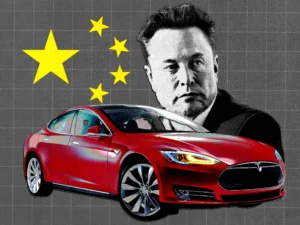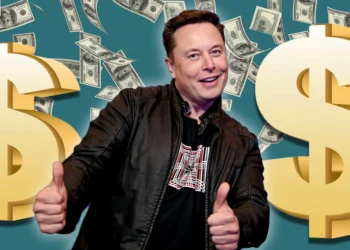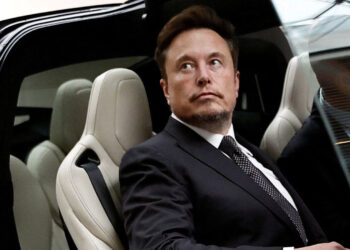
Both BYD and Tesla reported weak sales in the first quarter, highlighting a global slowdown in electric vehicle (EV) demand. This trend hasn’t spared China, the largest market for EVs. The China Passenger Car Association projects a 25% increase in new-energy vehicle sales to 11 million this year, as noted by Bloomberg. Though substantial, this forecast falls short of the previous year’s 36% growth rate.
Tesla faces heightened challenges in China, where any dip in demand signals trouble, especially amidst fierce competition from local manufacturers that offer significantly lower prices. Seth Goldstein, a Morningstar equity strategist and chair of its EV committee, attributed part of Tesla’s first-quarter sales shortfall to the competitive landscape in China, emphasizing the shift of consumers towards more affordably priced brands.
In response, Tesla reduced the prices of its Model 3, S, X, and Y models in China last year, aiming to maintain competitiveness against cheaper local options like BYD’s $11,000 Seagull. These price cuts drove Tesla to achieve record delivery numbers and maintain a robust share price, yet it relinquished its position as the world’s leading EV seller in 2023 to BYD.
CEO Elon Musk appears to have backed away from the price cuts strategy this year, however. That’s a sign he knows Tesla can’t win the price war and remain profitable, Goldstein said.
“Last year was the year of the price cut, in order to grow volumes, and it worked,” he said. “But Tesla now seems to have made the decision that for now, they’re happy where their unit profits are at.”
Holding prices steady in China appears to have backfired, though. Tesla completely missed Wall Street forecasts for deliveries — and its market share in the world’s second-largest economy has fallen to around 7%, per Bloomberg estimates, down from 11% in early 2023.
Bad news for BYD
Americans are shunning electric cars due to concerns about charging and the emergence of cheaper hybrids — but the reasons for the slowdown in China are more complex.
There are plenty of public charging stations — about 2.7 million as at the end of 2023, according to the China Electric Vehicle Charging Infrastructure Promotion Alliance. And the mid-market hatchback options offered by BYD are some of China’s best-selling cars.
However, some would-be buyers found local companies’ constant price cuts irritating. BYD slashed the cost of one model by a total of 15,000 yuan ($2,100) in a matter of months last year, reducing its value on the secondhand market and making people more hesitant to buy one.
China’s economy has also struggled since the end of the pandemic, with deflationary pressures and an ongoing property-market crisis fueling a decline in consumer spending.
BYD makes most of its sales in China — and the tally rose 43% to about 300,000 in the first three months of the year, according to a stock market filing this week. That increase was not enough to stop Tesla from reclaiming its title as the world’s top electric car maker despite its own dismal delivery numbers for the same period.
Tesla makes the Model 3 and Model Y at its Shanghai factory and recently reduced production from six-and-a-half days a week to five, Bloomberg reported, in a sign of waning demand for its cars in China.
If China joins the US in loving EVs a little less, both Tesla and BYD could be in for a difficult 2024.















































